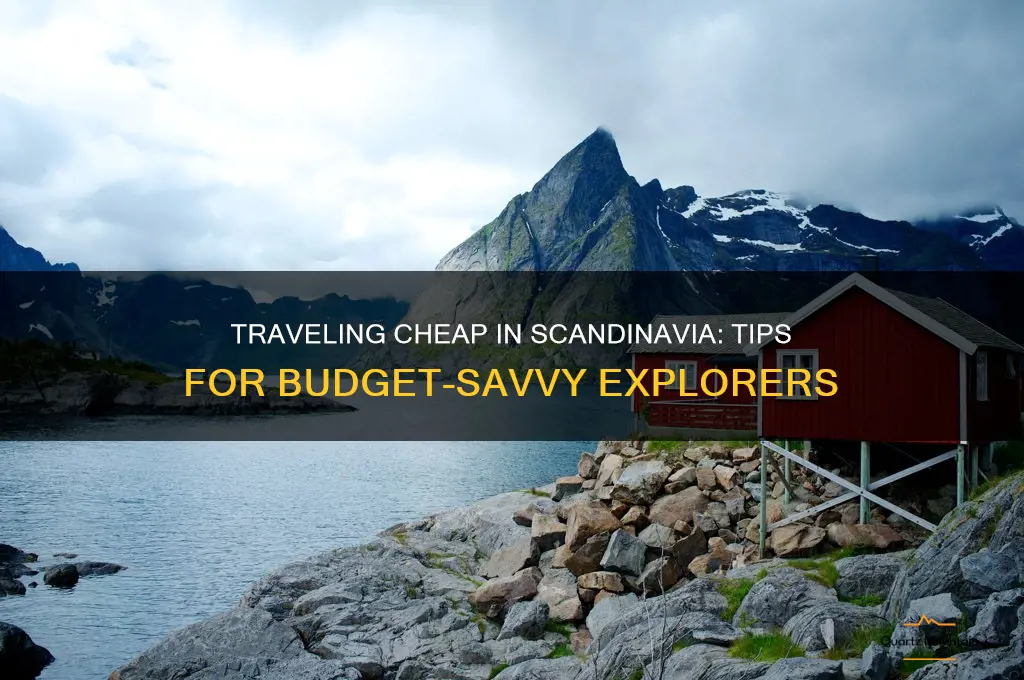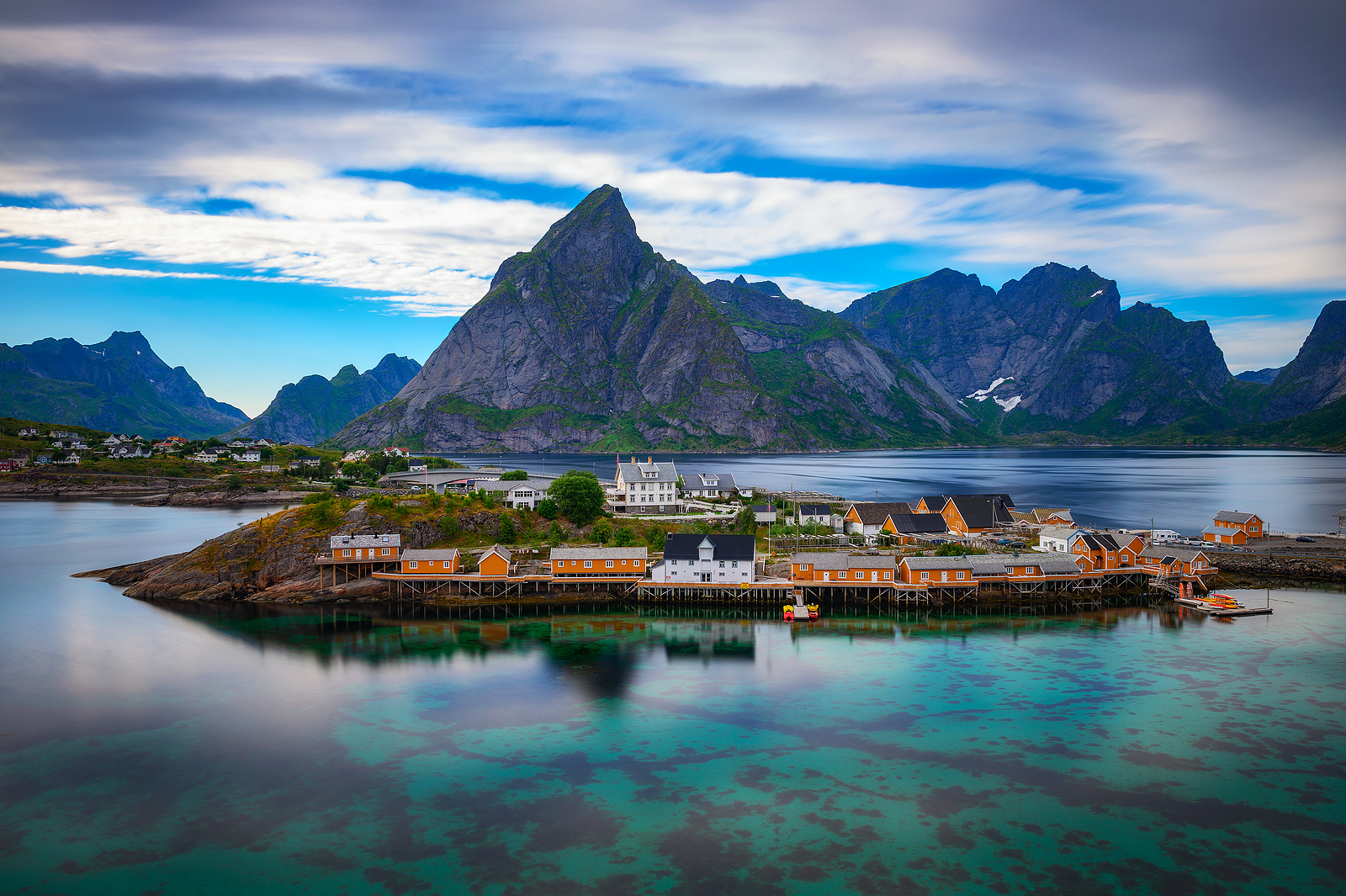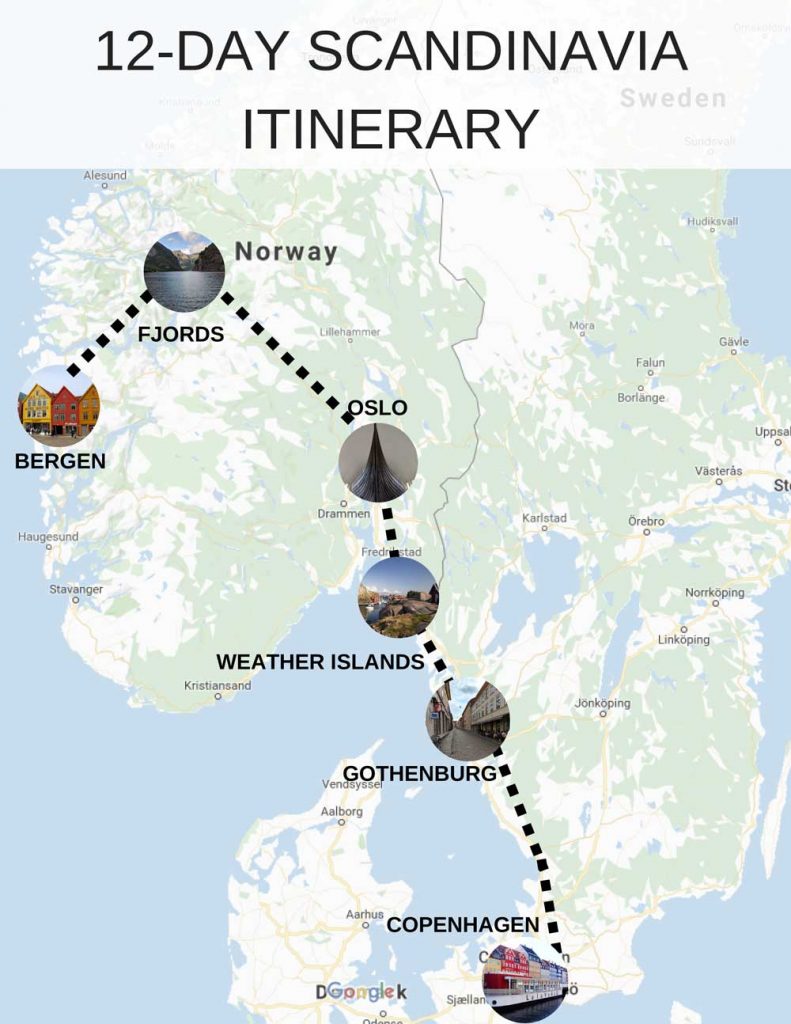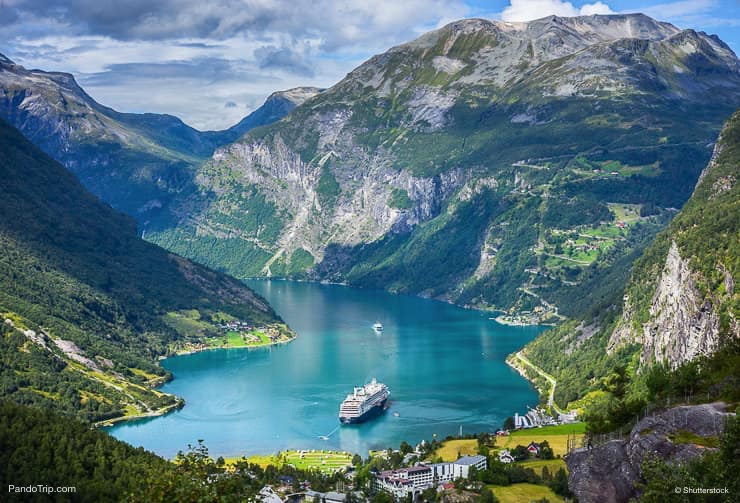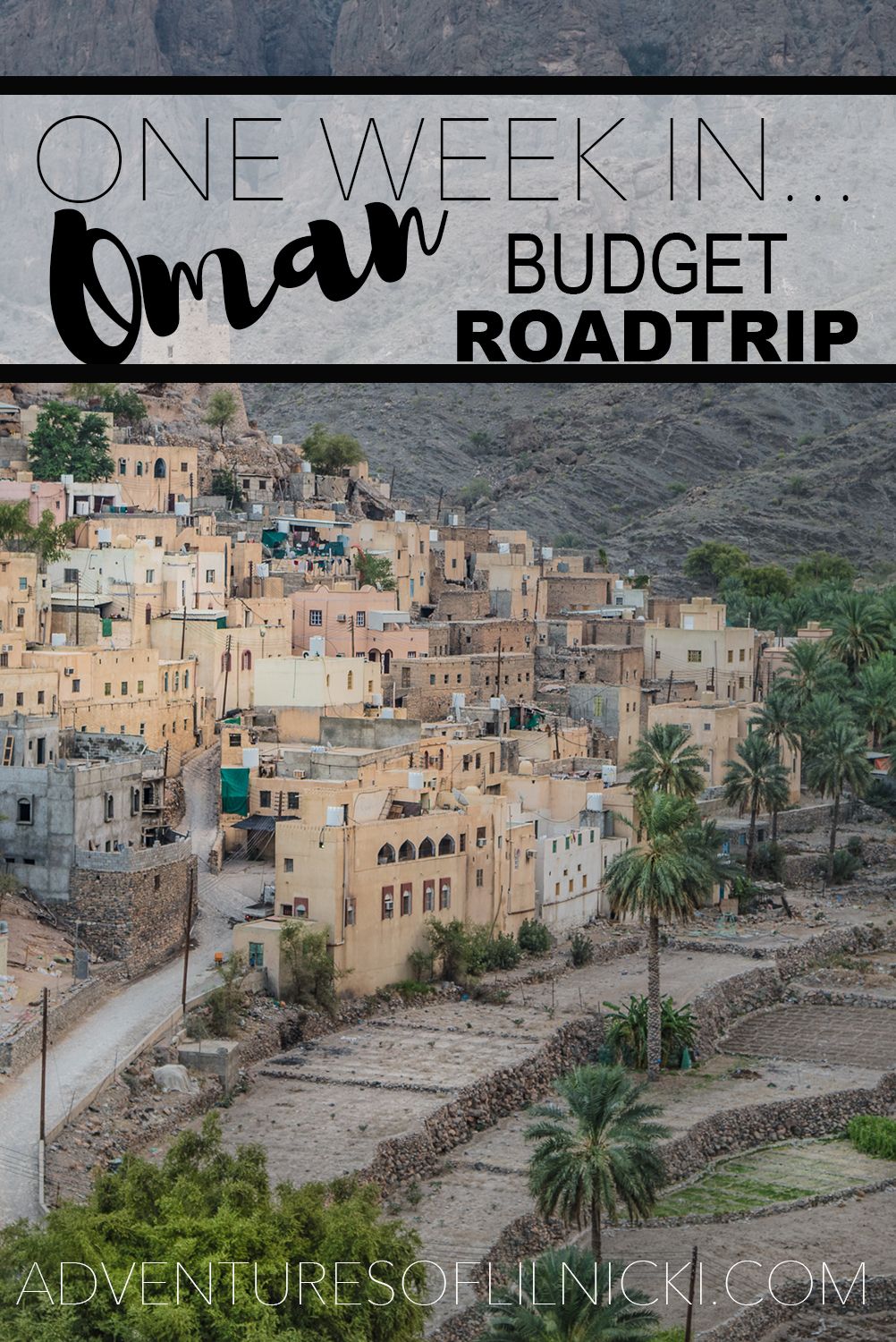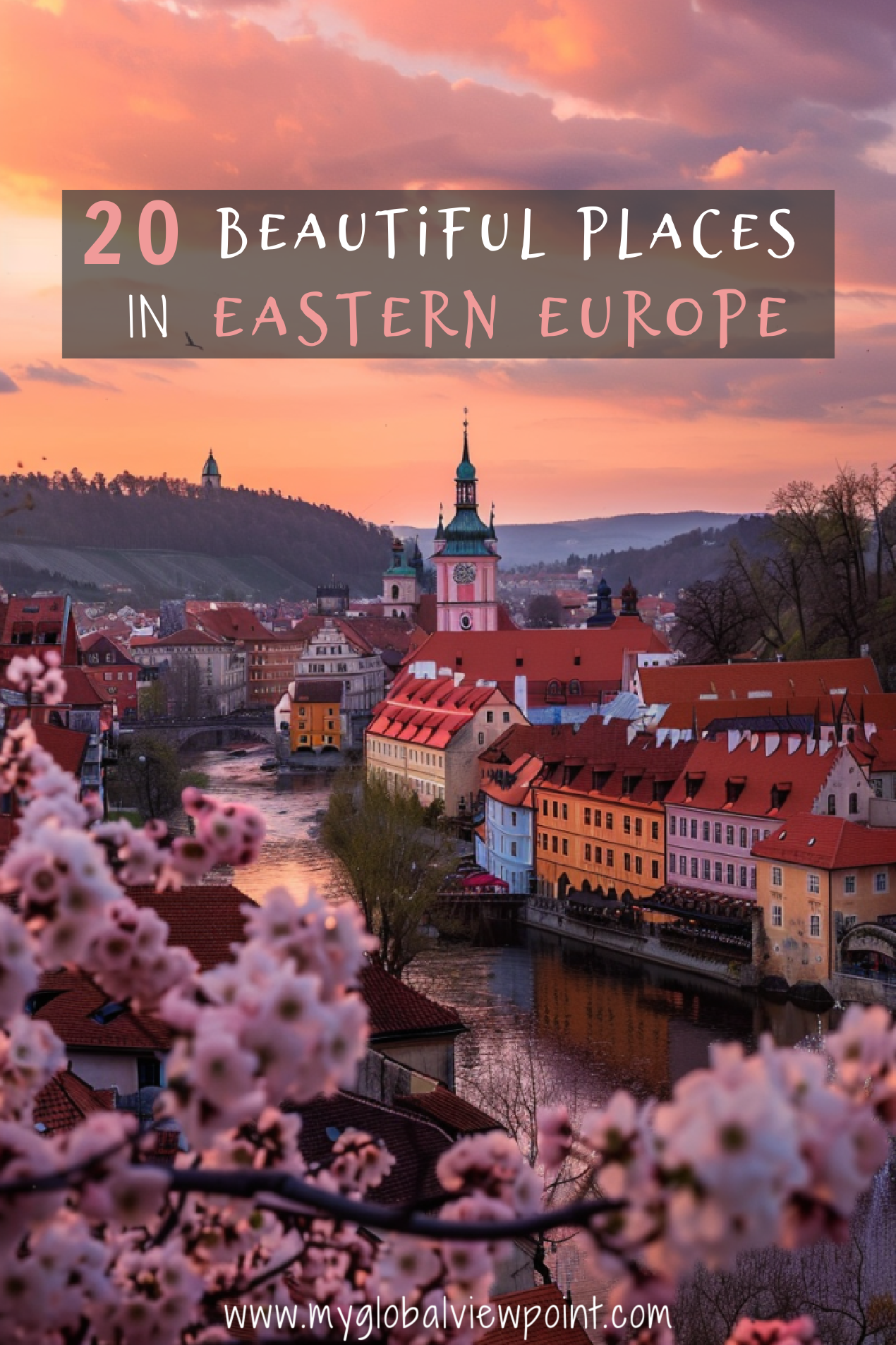
Eastern Europe, a region often painted with broad strokes of history and perceived as a monolithic entity, is in reality a vibrant mosaic of diverse cultures, breathtaking landscapes, and captivating stories. From the grandeur of imperial cities to the rugged beauty of mountain ranges and the poignant echoes of the past, this region offers an unparalleled travel experience that is both enriching and remarkably affordable. For too long, it has been overshadowed by its Western counterparts, but today, discerning travelers are discovering the undeniable charm and profound depth that Eastern Europe so generously provides.
This article delves into the heart of Eastern Europe, exploring its rich historical tapestry, highlighting its most compelling attractions, and equipping you with practical tips to navigate this fascinating part of the world. We’ll uncover the best times to visit, suggest comfortable accommodations, tantalize your taste buds with local delicacies, and guide you through the most efficient transportation options, ensuring your journey is as seamless as it is unforgettable.
A Legacy Forged in Fire and Flourishing Cultures: The History of Eastern Europe
Related Articles about Eastern Europe: A Tapestry of History, Culture, and Unforgettable Adventures:
- The Wild Heart of Africa: Your Ultimate Guide to Visiting Kruger National Park
- The Ultimate Guide to Visiting Yellowstone: America’s First National Park
- Austria: A Symphony of Imperial Grandeur, Alpine Majesty, and Cultural Riches
- Reaching for the Sky: Your Ultimate Guide to Mount Fuji
- Egypt: A Timeless Tapestry of Wonders – Your Ultimate Guide to Unforgettable Adventures
The history of Eastern Europe is a complex and often tumultuous narrative, shaped by the rise and fall of empires, the ebb and flow of ideologies, and the enduring spirit of its people. For centuries, the region was a battleground for competing powers, including the Roman, Byzantine, Ottoman, and Austro-Hungarian Empires. This constant flux left an indelible mark on its architecture, languages, religions, and cultural traditions, creating a unique blend of influences that is palpable today.
The 20th century brought further dramatic shifts, most notably the imposition of communist regimes after World War II. This era, characterized by centralized economies, ideological control, and the Iron Curtain, profoundly impacted the lives of millions. However, the fall of the Berlin Wall in 1989 and the subsequent collapse of Soviet influence ushered in a new chapter for Eastern Europe. Nations reclaimed their sovereignty, embraced democratic ideals, and began the process of economic and social transformation. This recent history adds a layer of poignant reflection to the region, offering a chance to understand the resilience and determination of its inhabitants.
From the Slavic roots that form the bedrock of many cultures to the Germanic, Hungarian, and Balkan influences, Eastern Europe is a testament to the power of cultural exchange and adaptation. It’s a region where ancient traditions seamlessly blend with modern aspirations, creating a dynamic and compelling destination for the curious traveler.
Unveiling the Gems: Main Attractions Across Eastern Europe
Eastern Europe boasts an incredible array of attractions, catering to every interest. Here are some of the most captivating destinations that exemplify the region’s diverse offerings:
1. Prague, Czech Republic: The City of a Hundred Spires
Prague, the capital of the Czech Republic, is a fairytale come to life. Its well-preserved medieval core, a UNESCO World Heritage site, is a labyrinth of cobblestone streets, Gothic cathedrals, and Baroque palaces.
- Key Attractions:
- Prague Castle: The largest ancient castle complex in the world, offering panoramic city views.
- Charles Bridge: An iconic stone bridge adorned with statues, connecting the Old Town and Lesser Town.
- Old Town Square: The heart of the city, featuring the Astronomical Clock, Old Town Hall Tower, and Týn Church.
- St. Vitus Cathedral: A magnificent Gothic masterpiece within Prague Castle.
- Jewish Quarter (Josefov): A historically significant area with synagogues and the Old Jewish Cemetery.
2. Budapest, Hungary: The Pearl of the Danube
Budapest, the "Pearl of the Danube," is renowned for its stunning architecture, thermal baths, and vibrant ruin bars. The city is divided by the majestic Danube River, with Buda on one side and Pest on the other.
- Key Attractions:
- Hungarian Parliament Building: An architectural marvel on the Pest side of the Danube.
- Buda Castle District: Home to Buda Castle, Matthias Church, and Fisherman’s Bastion, offering breathtaking views.
- Thermal Baths: Indulge in relaxation at iconic baths like Szechenyi and Gellért.
- Great Market Hall: A bustling indoor market showcasing local produce and souvenirs.
- Ruin Bars: Unique and quirky bars set up in abandoned buildings, offering a distinctive nightlife experience.
3. Krakow, Poland: A City of Resilience and Beauty
Krakow, Poland’s former royal capital, is a city that has endured immense historical challenges but emerged with its spirit and beauty intact. It’s a place of profound historical significance, particularly concerning World War II.
- Key Attractions:
- Wawel Castle and Cathedral: The former seat of Polish kings, perched on a hill overlooking the Vistula River.
- Main Market Square (Rynek Główny): One of Europe’s largest medieval squares, home to the Cloth Hall and St. Mary’s Basilica.
- Kazimierz (Jewish Quarter): A historically rich district with synagogues, cemeteries, and a vibrant cultural scene.
- Auschwitz-Birkenau Memorial and Museum: A deeply moving and essential visit to understand the horrors of the Holocaust. (Day trip from Krakow).
- Wieliczka Salt Mine: A UNESCO World Heritage site featuring chapels, statues, and even a cathedral carved from salt. (Day trip from Krakow).
4. Tallinn, Estonia: A Medieval Masterpiece
Tallinn, the capital of Estonia, offers a remarkable journey back in time with its exceptionally preserved medieval Old Town. Its cobblestone streets, gingerbread-like houses, and imposing city walls transport visitors to another era.
- Key Attractions:
- Old Town (Vanalinn): A UNESCO World Heritage site with two distinct parts: Toompea Hill and the Lower Town.
- Toompea Castle: The seat of the Estonian government, offering stunning views.
- Alexander Nevsky Cathedral: A beautiful Russian Orthodox cathedral.
- Town Hall Square: The heart of the Lower Town, surrounded by charming cafes and historic buildings.
- Kiek in de Kök: A former defense tower offering historical exhibitions and city panoramas.
5. Ljubljana, Slovenia: The Green Capital
Ljubljana, Slovenia’s charming capital, is a compact and incredibly green city with a pedestrian-friendly center. Its picturesque riverbanks, iconic bridges, and lively atmosphere make it a delightful destination.
- Key Attractions:
- Ljubljana Castle: Overlooking the city, offering panoramic views and historical insights.
- Triple Bridge and Dragon Bridge: Iconic landmarks spanning the Ljubljanica River.
- Preseren Square: The city’s main square, named after Slovenia’s national poet.
- Tivoli Park: A large and beautiful park perfect for a leisurely stroll.
- Central Market: A vibrant hub for local produce, crafts, and food stalls.
Other Notable Destinations:
- Vienna, Austria: While technically Central Europe, its historical ties and proximity make it a natural extension. Known for its imperial palaces, classical music heritage, and elegant cafes.
- Bratislava, Slovakia: A compact and charming capital with a picturesque Old Town and a striking castle overlooking the Danube.
- Riga, Latvia: Famous for its Art Nouveau architecture and its historic Old Town.
- Vilnius, Lithuania: Boasts one of the largest Baroque old towns in Europe and a vibrant artistic scene.
- Warsaw, Poland: The resilient capital, meticulously rebuilt after WWII, showcasing a blend of history and modernity.
- Sofia, Bulgaria: A city of ancient history with Roman ruins, Ottoman mosques, and Orthodox churches.
- Belgrade, Serbia: A lively capital known for its fortress, vibrant nightlife, and the confluence of the Sava and Danube rivers.
Navigating Your Eastern European Adventure: Travel Tips
To make the most of your journey, consider these practical tips:
- Visa Requirements: Check the visa requirements for your nationality well in advance. Many Eastern European countries are part of the Schengen Area, simplifying travel for many nationalities.
- Currency: While many countries use the Euro, others have their own currencies (e.g., Czech Koruna, Polish Zloty, Hungarian Forint). Credit cards are widely accepted in major cities and tourist areas, but it’s advisable to carry some local cash for smaller purchases and rural areas.
- Language: While English is increasingly spoken in tourist areas and by younger generations, learning a few basic phrases in the local language will be greatly appreciated.
- Safety: Eastern Europe is generally a safe region for travelers. However, like any destination, be aware of your surroundings, especially in crowded tourist spots, and take precautions against petty theft.
- Respect Local Customs: Be mindful of local customs and traditions. For instance, dress modestly when visiting religious sites.
- Book Accommodation in Advance: Especially during peak season, booking your hotels and flights in advance is recommended.
- Travel Insurance: Always ensure you have comprehensive travel insurance to cover any unforeseen circumstances.
The Best Time to Visit: Embracing the Seasons
Eastern Europe offers a distinct charm in each season:
- Spring (April-May): The weather is pleasant, wildflowers bloom, and the crowds are smaller than in summer. This is an ideal time for exploring cities and enjoying outdoor activities.
- Summer (June-August): This is the peak tourist season, with warm weather and long daylight hours, perfect for exploring cities, hiking, and enjoying festivals. Expect larger crowds and higher prices.
- Autumn (September-October): The autumn foliage paints the landscapes in vibrant hues, and the weather remains mild. It’s a fantastic time for photography and enjoying the harvest season’s culinary delights. Crowds begin to thin.
- Winter (November-March): While cold, winter offers a magical experience with Christmas markets, snow-covered landscapes, and opportunities for winter sports. Cities take on a festive glow, and prices can be lower.
Finding Your Sanctuary: Nearby Hotels
Accommodation options in Eastern Europe are diverse and cater to all budgets. From grand historic hotels to charming boutique guesthouses and modern apartments, you’ll find something to suit your needs.
- Luxury: Many capital cities boast 5-star hotels offering exquisite service and amenities. Look for well-known international chains and prestigious local establishments.
- Mid-Range: Boutique hotels and comfortable chain hotels provide excellent value for money. Many offer unique character and are often located in convenient areas.
- Budget: Hostels, guesthouses, and budget-friendly hotels are abundant, particularly in larger cities. Airbnb is also a popular and affordable option.
- Unique Stays: Consider staying in historic buildings, converted monasteries, or rural guesthouses for a truly immersive experience.
Tip: When booking, check reviews for proximity to attractions, public transport links, and any specific amenities you require.
A Culinary Journey: Savoring Local Flavors
Eastern European cuisine is hearty, flavorful, and deeply rooted in tradition. Each country offers its unique specialties, but common themes include fresh produce, rich meats, and comforting dishes.
- Goulash (Hungary): A rich and flavorful stew, typically made with beef, onions, paprika, and other spices.
- Pierogi (Poland): Dumplings with various fillings, such as potato and cheese, meat, or fruit.
- Schnitzel (Czech Republic/Austria): Thinly pounded, breaded, and fried cutlets of meat, often served with lemon.
- Sarma (Balkans): Cabbage or grape leaves stuffed with minced meat and rice, simmered in a savory broth.
- Trdelník (Czech Republic): A sweet pastry cooked over an open flame and coated in sugar and nuts.
- Baltic Herring (Estonia/Latvia/Lithuania): A staple in the Baltic region, prepared in various ways, often pickled or fried.
- Borscht (Ukraine/Poland/Russia): A vibrant beetroot soup, a national dish in many Eastern European countries.
- Local Cheeses: Explore a variety of delicious cheeses, from the soft and creamy to the firm and aged.
- Local Beer and Wine: Many countries have a strong tradition of brewing beer and producing wine, often at very reasonable prices.
Tip: Don’t hesitate to try street food and visit local markets for an authentic culinary experience.
Effortless Exploration: Transportation Options
Getting around Eastern Europe is generally efficient and affordable, with a range of transportation options:
- Trains: The train network is extensive and a popular way to travel between cities and even countries. Modern, comfortable trains connect major hubs, offering scenic views along the way. Booking tickets in advance can often secure better prices.
- Buses: A cost-effective option, especially for reaching smaller towns and villages not serviced by trains. Companies like FlixBus operate extensive routes across the region.
- Flights: For longer distances, budget airlines offer affordable flights between major cities. However, consider the time and cost of getting to and from airports.
- Car Rental: Renting a car provides flexibility and freedom, especially for exploring rural areas and scenic routes. Be aware of different driving regulations and road conditions.
- Public Transportation within Cities: Most cities have excellent public transport systems, including trams, buses, and metro networks. Purchasing multi-day passes is often economical for frequent use.
- Taxis and Ride-Sharing: Taxis are available, but it’s advisable to agree on a fare beforehand or ensure the meter is used. Ride-sharing apps are also increasingly popular.
- Walking: Many Eastern European cities have compact and walkable city centers, making it the best way to soak in the atmosphere and discover hidden gems.
Conclusion: An Invitation to Discover
Eastern Europe is a region waiting to be explored, offering a profound blend of history, culture, natural beauty, and genuine hospitality. It’s a destination that rewards the curious, the adventurous, and those seeking authentic experiences that go beyond the well-trodden paths. From the grandeur of its imperial past to the resilience of its present, Eastern Europe offers a journey that will undoubtedly leave an indelible mark on your soul. So, pack your bags, open your mind, and prepare to be captivated by the enduring magic of this extraordinary corner of the world.

